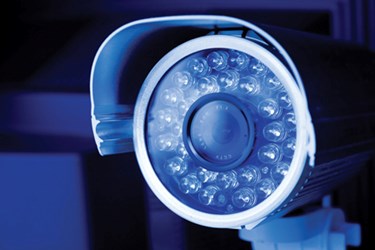Retail IT News For VARs — February 12, 2014

By Anna Rose Welch, Editorial & Community Director, Advancing RNA

In the news, retailers are facing pressures to invest in cybersecurity, and a report reveals “payment friction” could have cost retailers billions this holiday season as frustrated mobile shoppers abandoned the purchase process.
Retail Industry Behind In Security Spending
Reuters reports that retailers are facing increasing pressures to invest in cybersecurity. According to IDC Retail Insights, retail technology spending was expected to rise 4 percent annually between 2012 and 2017; however, only 2 percent of retailers’ tech budgets have been spent on security. This should change, as IDC expects retailers to increase security spending by 5.7 percent to $720 million in response to recent data breaches and other outside pressures.
Retailers Lose Billions From Mobile “Payment Friction”
Retailers missed out on billions of dollars in sales this holiday season because of outdated mobile payment experiences, Jumio reveals in its 2013 mobile commerce analysis. According to the results, mobile sales losses were equal to 27 percent of total mobile commerce profits. The Jumio release cites a recent Harris poll revealing 47 percent of shoppers abandoned a purchase on a mobile device because of “payment friction.” Other reasons for abandoned mobile carts include: security concerns (51 percent), failure of a purchase to go through (23 percent), and difficulty purchasing on a device (41 percent). Jumio CEO Daniel Mattes says that retailers must streamline checkout pages to keep pace with advancing smartphone devices and services.
Valentine’s Day Shopping Going Digital
Online and digital advertising has begun to play an influential role in consumers’ Valentines Day purchases, a recent Adroit Digital study has discovered. According to the results of this study, 59 percent of respondents were planning to purchase their Valentine’s Day gifts online — including using smartphones and tablets. A majority of consumers (58 percent) say that online/mobile advertising will influence their purchasing decisions. Consumers also are showing more interest in personalized ads. According to the results 36 percent of shoppers said that a personalized ad would make them 50 percent more likely to respond to that ad.
The End Of “Swipe And Sign” Is Just Months Away
The Wall Street Journal features an interview with MasterCard’s Carolyn Balfany about the upcoming EMV payment system leading to the use of chip and PIN cards. Balfany discusses why it has taken the U.S. so long to switch to chip and PIN cards and how the change over to the new system will happen. She also discusses the “liability shift,” which will make the party with the lesser technology liable for costs in the incidence of card fraud. She says, overall, this migration is about establishing a technological platform for next generation payments, including contactless payments.
Retail IT Talking Points
The Washington Times reports that retailers are hoping to use facial recognition technology in order to identify their biggest buyers as they enter the store. This technology has been used in the past to identify both celebrities and thieves, the article says. However, this technology could also aid in stores’ initiatives to recognize and then provide personalized offers via cellphone to important customers.
QR Code Press discusses some of the purposes and drawbacks of interactive technologies, including QR codes, clickable paper, NFC technology, and digital watermarks.
